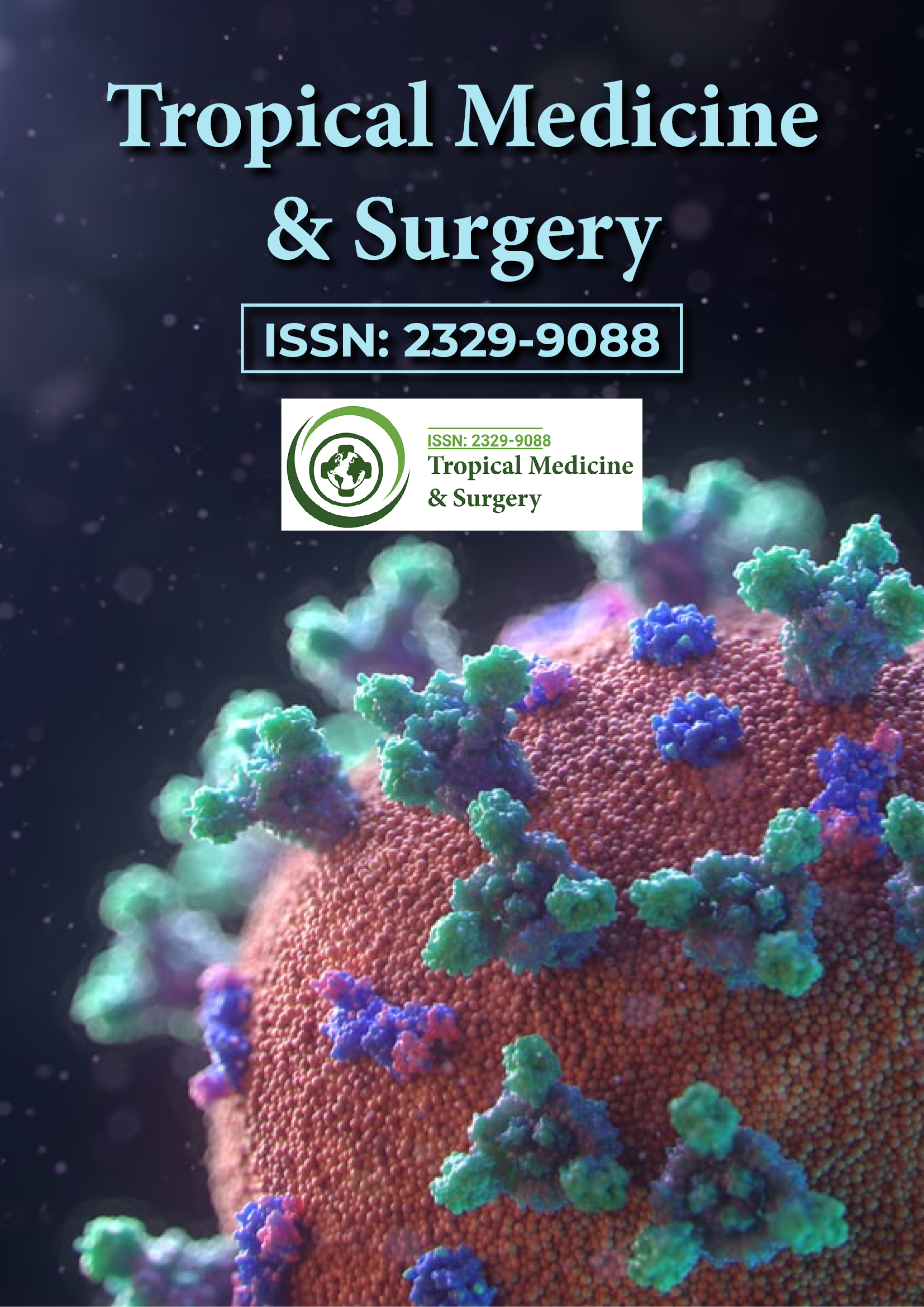Indexed In
- Open J Gate
- Academic Keys
- RefSeek
- Hamdard University
- EBSCO A-Z
- OCLC- WorldCat
- Publons
- Euro Pub
- Google Scholar
Useful Links
Share This Page
Journal Flyer

Open Access Journals
- Agri and Aquaculture
- Biochemistry
- Bioinformatics & Systems Biology
- Business & Management
- Chemistry
- Clinical Sciences
- Engineering
- Food & Nutrition
- General Science
- Genetics & Molecular Biology
- Immunology & Microbiology
- Medical Sciences
- Neuroscience & Psychology
- Nursing & Health Care
- Pharmaceutical Sciences
Abstract
Myiasis
Hiba M. Radwan
Flies are well known bothersome biting nuisances of humans and animals. They can as well transmit infectious diseases and deeply invade living tissues, causing amputation, disfigurement, and, rarely, death. Flies can serve as mechanical vectors for organisms causing infectious diseases like shigellosis and leishmaniasis. They can also lay their eggs on human flesh, and their developing larvae, or maggots, can invade subcutaneous tissues and penetrate external body cavities, such as the orbits, ears, and nares. Myiasis is one of the diseases that can be caused by dipterous fly’s larvae invasion of viable or necrotic tissues. The most common clinical presentation is furuncular myiasis (superficial cutaneous); other manifestations include cavitary (atrial or invasive), intestinal, urinary, and vaginal myiasis. The major curative treatment modality for myiasis is the removal of the intact larva. A range of approaches have been successful including occluding the opening, eg, with occlusive coatings of petroleum jelly (Vaseline) or others, and gentle extraction of the intact larva when it protrudes its abdomen to reach air. Surgical intervention may sometimes be necessary. Along with larval removal, myiasis wounds should be cleansed and conservatively debrided; tetanus prophylaxis administered, and bacterial secondary infections treated with antibiotics. Prevention of myiasis includes minimizing flies’ preferred breeding environment, and following different modalities to prevent flies or larvae bites.
